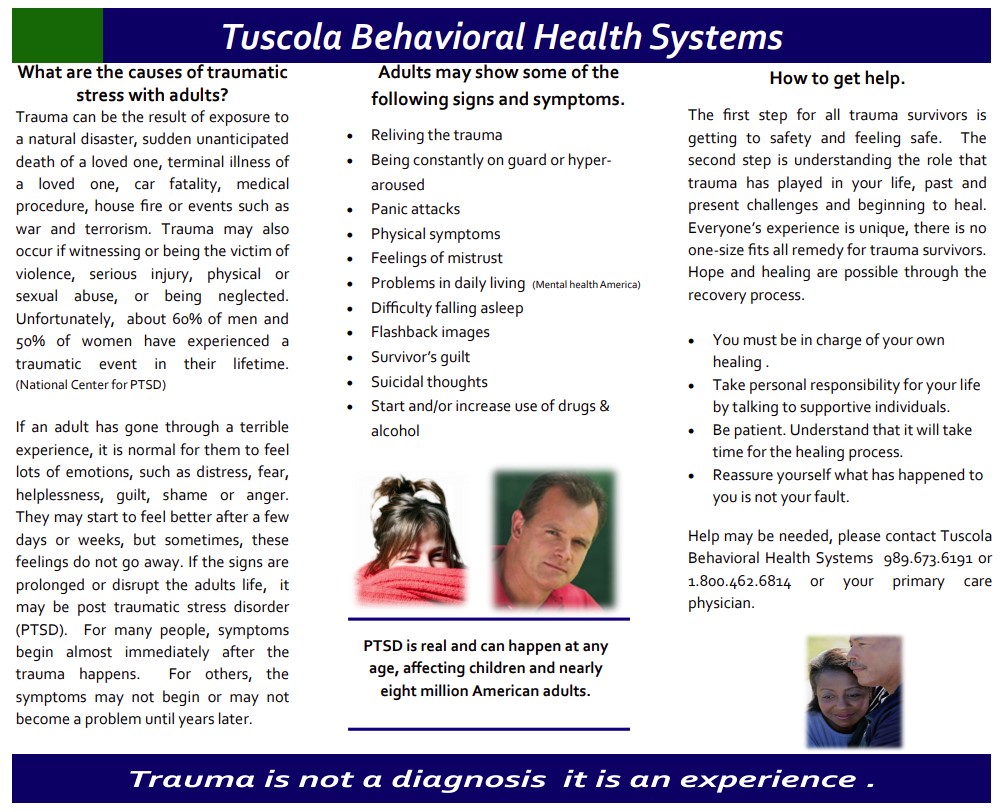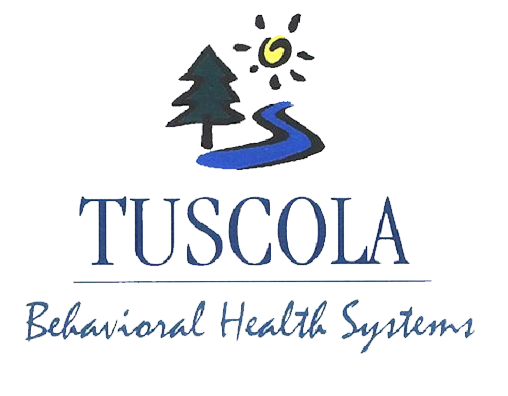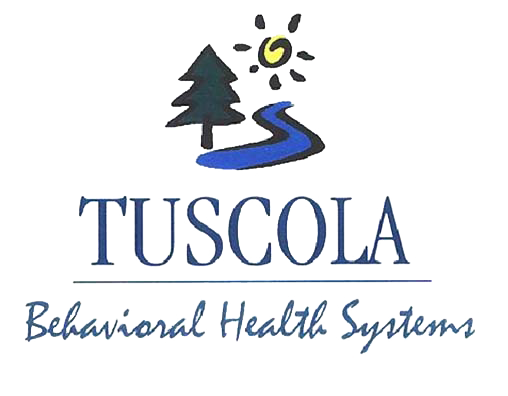
Trauma Informed Services
An estimated 60 percent of adults in the United States experience an adverse life event (trauma) at least once in their lives. The prevalence of childhood trauma is evident in every school and classroom. Twenty-six percent of children in the United States will witness or experience a traumatic event before they turn four, and 4 of every 10 children in America say they experienced a physical assault during the past year, with 1 in 10 receiving an assault-related injury. We also know that more than 60 percent of youth age 17 and younger have been exposed to crime, violence and abuse either directly or indirectly.
When unaddressed, people who experienced trauma can face poor health outcomes, such as exacerbated mental health problems and increased risk of heart disease, suicide and addiction. Traumatic experiences also greatly affect a child’s journey through school. A child impacted by trauma may experience physical ailments, intrusive thoughts and fears, and decreased attention and concentration, all which impact learning. Students with trauma histories may exhibit aggression and anger, strive for perfection, or quietly disengage, all which may affect the ability to form relationships. Teachers, support staff, and administrators spend a large amount of time supporting, calming and disciplining these students.
Source: National Council for Behavioral Health
Trauma-informed services are designed to deliver mental health care in a manner that recognizes the presence of trauma symptoms and acknowledges the role that violence and victimization plays in the lives of most individuals of mental health services. This understanding drives the design of service systems to accommodate the vulnerabilities of trauma survivors, promote resiliency and recovery, and reduce and eliminate practices that have the potential to be traumatizing and re-traumatizing. Trauma informed services are provided in a way that will facilitate adult participation that is appropriate and helpful to the special needs of trauma survivors.
Healing and recovery take time and many questions, hurdles, and frustrations may surface throughout the recovery process.




